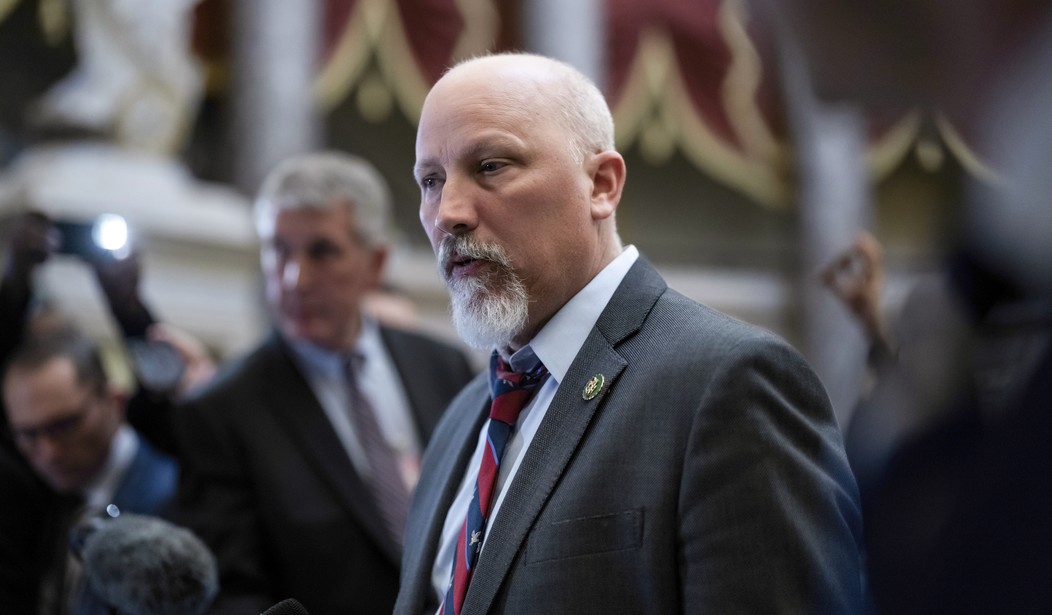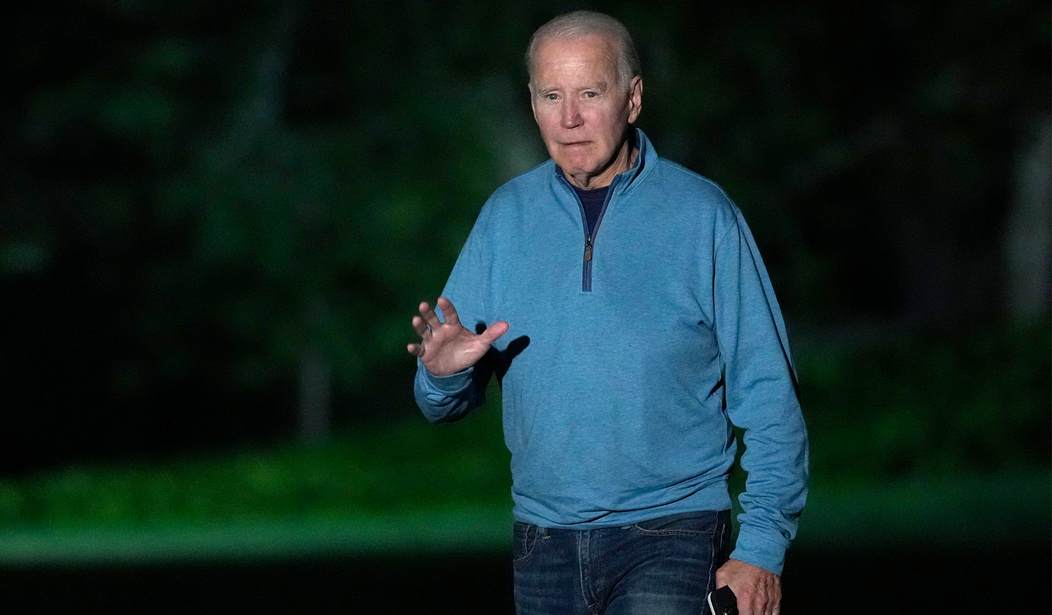The rail authority now estimates that just the modest 178 mile route—only about a fifth of the authorized distance—will not be completed at least until 2030. Past high speed estimates of both time and cost targets have been widely wrong and perhaps deliberately misleading.
Total costs for the entire project are now estimated at nearly $130 billion. Many expect that figure to double in the next quarter-century. Planners also concede there will likely not be much high speed rider demand from San Joaquin Valley residents willing to pay $86 to travel at a supposed 200 mph from Bakersfield to Merced.
Nine years ago voters amid drought and water shortages also passed a state water bond, authorizing $7.5 billion in new water projects and initiatives.
Some $2.7 billion was targeted for new dams and reservoirs. The current water storage system had not been enlarged since the early 1980s, when the state population was 15 million fewer residents.
So far not a single dam or new reservoir has been built. And Californians expect more water rationing statewide anytime the state experiences a modest drought.
In 2017, a $15 billion bond authorized a complete remodeling of Los Angeles International Airport—recognized as one of the more congested, disorganized, and unpleasant airports in America.
Now the cost to complete the project has grown to an estimated $30 billion, with a proposed finish date of 2028—11 years after the project was authorized.
And the ongoing LAX remake is considered one of California’s more successful public construction projects.
In 2002, California began construction on the eastern span replacement of the iconic San Francisco–Oakland Bay Bridge—less than half of the bridge’s total length.
It was scheduled to be finished in five years at a cost of $250 million.
The job in fact took 11 years. And it cost $6.5 billion—a 2,500 percent increase over the estimate.
In contrast, original construction of the entire Bay Bridge began in 1933, at the height of the Great Depression. Yet the job was completed in a little more than three years.
The list of such delayed, canceled, or prolonged projects could be expanded, from the proposed widening of the state’s overcrowded, antiquated, and dangerous north-to-south “freeways” to the now inert Peripheral Canal project that would have allowed the California aqueduct to transfer needed water southward by precluding the present inefficient pumping into and out of the San Francisco delta.
So what happened to the can-do California of former governors Pat Brown, Ronald Reagan, George Deukmejian, and Pete Wilson? They had bequeathed to the Baby Boomer generation a well-run state, renowned for its state-of-the-art infrastructure.
All four governors, a Democrat and Republicans, had ensured the nation’s most sophisticated higher education system, iconic freeways, and model water transference systems.
The current disaster has many parents.
A coastal culture of globally rich elites began passing some of the most stringent environmental and zoning regulations in the nation. Such Byzantine roadblocks deliberately stalled construction and skyrocketed costs—all of little concern to the “not-in-my-backyard” wealthy in their secluded coastal enclaves who had ensured the virtual end of infrastructure investments.
The state’s public unions and bloated bureaucracies guaranteed Soviet-style overhead, incompetence, and unaccountability. The more California raised its income taxes—currently the nation’s highest topping out at 13.3 percent—the more it borrowed, spent, and ran up huge annual budget deficits.
The nation’s highest gasoline taxes along with steep sales and property taxes—coupled with unaffordable fuel and housing, a homeless epidemic, dismal public schools, out-of-control crime, and mass, illegal immigration—soon all led to a bifurcated state of rich and poor.
The middle class either became poor or fled.
Indeed, businesses and millions of the middle class hightailed it out of California over the last three decades in one of the greatest state population exoduses in our nation’s history. But they also took with them the very prior experience, expertise, and capital that had once made California the nation’s envy.
In contrast, millions of impoverished illegal immigrants arrived over the last 30 years without legality, English, or high school diplomas.
And thus millions were immediately in dire need of costly state-supplied health, education, housing, and food subsidies. Currently well over half of all California births are paid for by Medi-Cal. Well over a third of the resident population depends on the state to provide all their health care needs.
Twenty-seven percent of California’s resident population was not born in the United States. That reality created a vast challenge of civic education to ensure assimilation and integration. Unfortunately, millions entered California at precisely the time of a new tribalism and racial essentialism that has taken hold of the state’s government, media, schools, and universities. Tribalism, not the melting-pot, is California’s paradigm.
California is a one-party state. There are no statewide Republican elected officeholders. Progressive Democrats also enjoy a supermajority in both houses of the legislature. Only 12 of 52 congressional seats are held by Republicans. And almost all of California leftwing politicians are funded or influenced by Silicon Valley—the richest corridor in civilizational history, with $9 trillion in market capitalization.
In sum, a now broke California became a medieval society of Leftwing ultra-rich and Leftwing ultra-poor. On one end, there was no longer the skill or expertise to modernize the state. And on the other, an elite became more interested in dreaming of heaven on earth for itself as it ensured a veritable hell for others.
There is one thing, however, that California does quite well: demolition.
Currently it is destroying four dams on the Klamath River that had provided clean hydroelectrical power, water storage, flood control, and recreation. The media, the bureaucracy, and the politicians acted with unaccustomed dispatch to obliterate the dams and thus supposedly to liberate salmon to swim better upstream.
And the state is blowing up these dams partly by directing hundreds of millions of dollars voters had allotted for reservoir construction—adding insult to the injury of state voters.
A haughty green California also regulated timber companies out of business. It ceased traditional selective logging and clearing of brush from its forests.
It also limited cattle grazing of grasses and shrubs. And it embraced new “natural” forestry initiatives that postulated that rotting dead trees, dense brush, and tall summer grasses—dry kindling for devastating forest fires—created a rich “sustainable” ecosystem for wildlife. Letting nature be would prompt occasional “natural” corrective fires as in the nineteenth-century past.
The predictable results were massive, destructive—and once preventable—forest fires in the Sierra Nevada mountains and foothills. During California summers, their vast plumes of soot and smoke have polluted the skies for months and sickened residents, destroyed hundreds of homes and businesses, and wiped out billions of dollars in valuable timber even as lumber prices soared.
And California’s lesson for the nation?
If you want to topple a statue, re-label an historically named street, burn up millions of pine and fir trees, blow up a dam, turn parks and the public square into dangerous and toxic squatter cities, then the state can do all of that and in record time.
But try building something to ensure Californians can travel quickly and in safety, or have affordable power, homes, and fuel, and assured water?
All that is simply beyond the current state’s comprehension, ability, and desire. So like modern Vandals or Goths, contemporary Californians are far better destroying the work of others than creating anything of their own.
And what is next? We await the 2024 national elections, when a few California politicians may run for our highest offices, no doubt with the campaign promise, “I can do to America what I did to California.”










